Structural Steel Design Tutor - In-Depth Steel Design Help
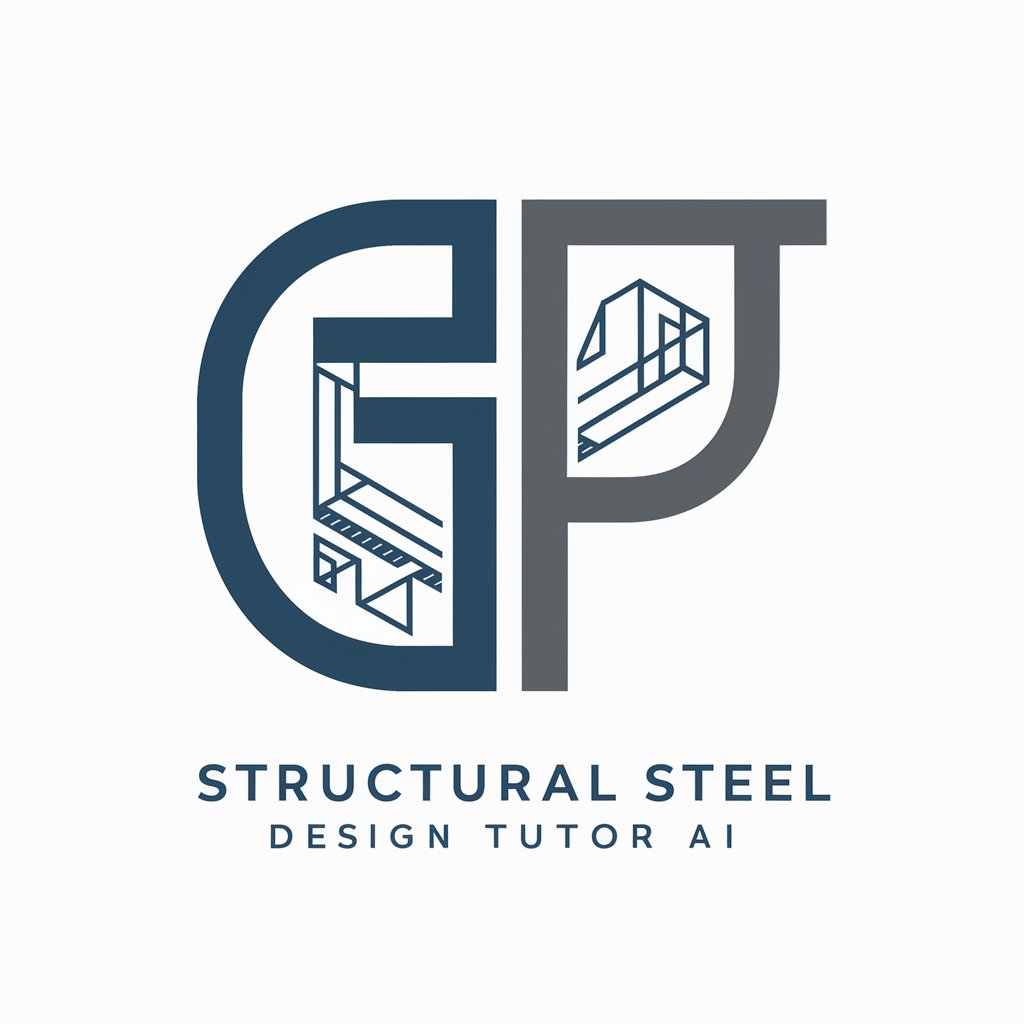
Welcome! I'm here to help with your Structural Steel Design questions.
AI-powered Structural Steel Design Guidance
Can you explain the concept of...
How do you calculate the...
What are the key considerations for designing...
Can you provide an example of...
Get Embed Code
Overview of Structural Steel Design Tutor
Structural Steel Design Tutor is a specialized educational tool designed to assist upper division and graduate students in mastering the concepts, codes, and applications of structural steel design. This tool offers detailed explanations on a wide range of topics within the field, including but not limited to, the design and analysis of steel beams, columns, trusses, and connections. Utilizing current codes and specifications, such as the American Institute of Steel Construction (AISC) Manual, it ensures that learners are up to date with professional practices. Example scenarios might involve calculating the load capacity of a steel beam in a commercial building or determining the most efficient steel connection for a given structure, thus providing practical, real-world applications of theoretical knowledge. Powered by ChatGPT-4o。

Core Functions of Structural Steel Design Tutor
Explanation of Design Codes and Specifications
Example
Interpreting the AISC Manual provisions for the design of tension members.
Scenario
A student designing a steel structure needs to understand how to apply AISC specifications to ensure their design meets safety and performance standards.
Design and Analysis of Steel Components
Example
Calculating the load capacity of a W-shape beam subjected to various types of loads.
Scenario
In a project, a student must select an appropriate beam size for a new construction, considering factors like span, load, and material specifications.
Connection Design and Detailing
Example
Designing a moment-resisting connection between a beam and a column.
Scenario
A student involved in a capstone design project needs to detail a steel frame connection that can safely transfer loads without failing under seismic forces.
Use of Structural Analysis Software
Example
Guidance on applying software like SAP2000 or ETABS for modeling and analyzing steel structures.
Scenario
Students working on their thesis may require assistance in using structural analysis software to simulate the behavior of their designed steel structures under various loads.
Target User Groups for Structural Steel Design Tutor
Upper Division Engineering Students
These students, having grasped basic engineering principles, can deepen their knowledge in structural steel design, preparing them for advanced studies or professional practice.
Graduate Students and Researchers
This group benefits from advanced topics and current research discussions, assisting in thesis work or specialized research in structural steel design.
Practicing Engineers
Professionals looking to refresh their knowledge or stay updated with the latest codes and practices in steel design find this tool invaluable for continuous learning.

How to Use Structural Steel Design Tutor
Start Your Journey
Begin by visiting yeschat.ai for a complimentary trial, allowing you to explore Structural Steel Design Tutor with no need for a login or a ChatGPT Plus subscription.
Identify Your Needs
Consider the specific areas of structural steel design you need assistance with, such as design principles, code compliance, or analysis techniques, to tailor your queries effectively.
Ask Specific Questions
Pose detailed questions about structural steel design to receive precise, comprehensive answers. Include context or specifications when possible to enhance the accuracy of the responses.
Utilize Examples
When seeking explanations or calculations, providing examples or scenarios can help in receiving more applied and understandable responses.
Review and Apply
Carefully review the provided information and apply it to your work. For complex topics, consider asking follow-up questions to deepen your understanding.
Try other advanced and practical GPTs
Steel Pipe Industry Assistant
AI-Powered Steel Pipe Guidance

Steel Straw
Your AI-powered conversational partner
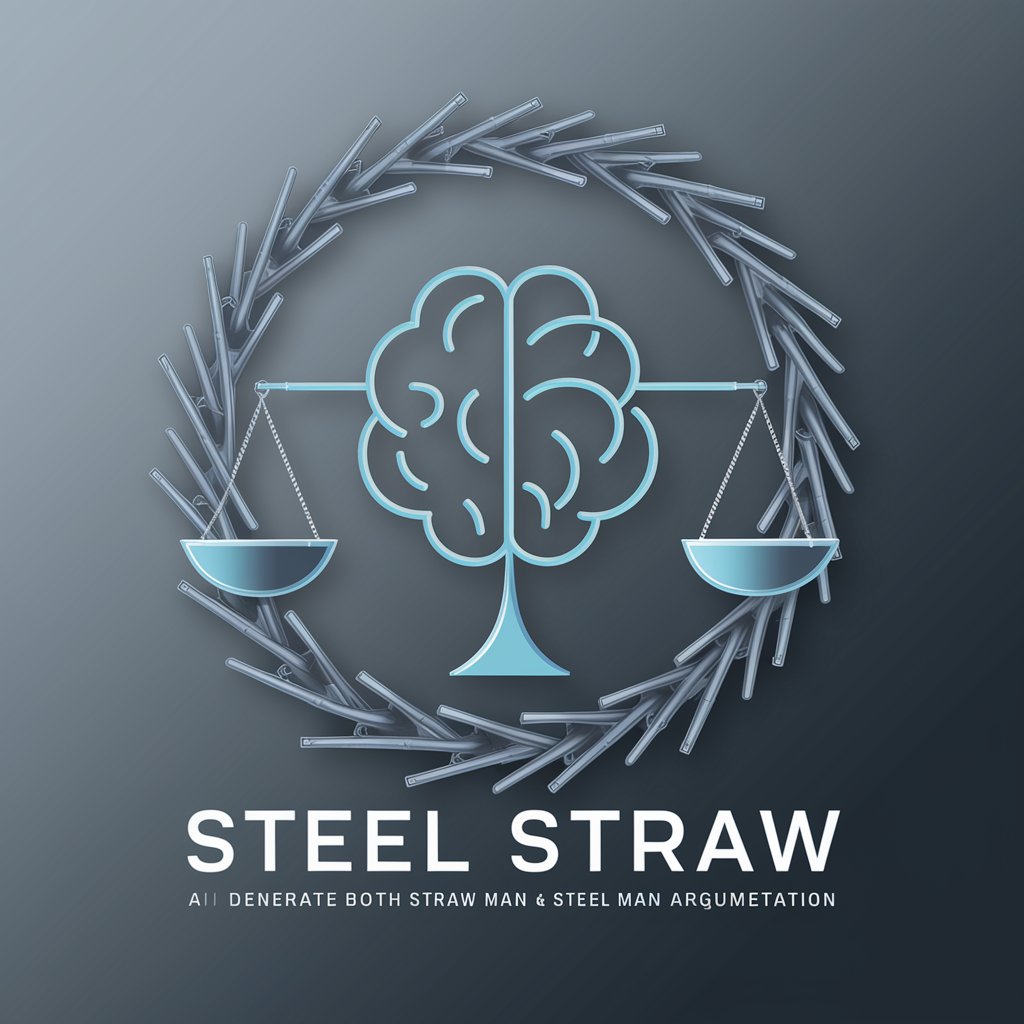
Steel Standard Expert
Empowering Decisions with AI-Powered Steel Insights
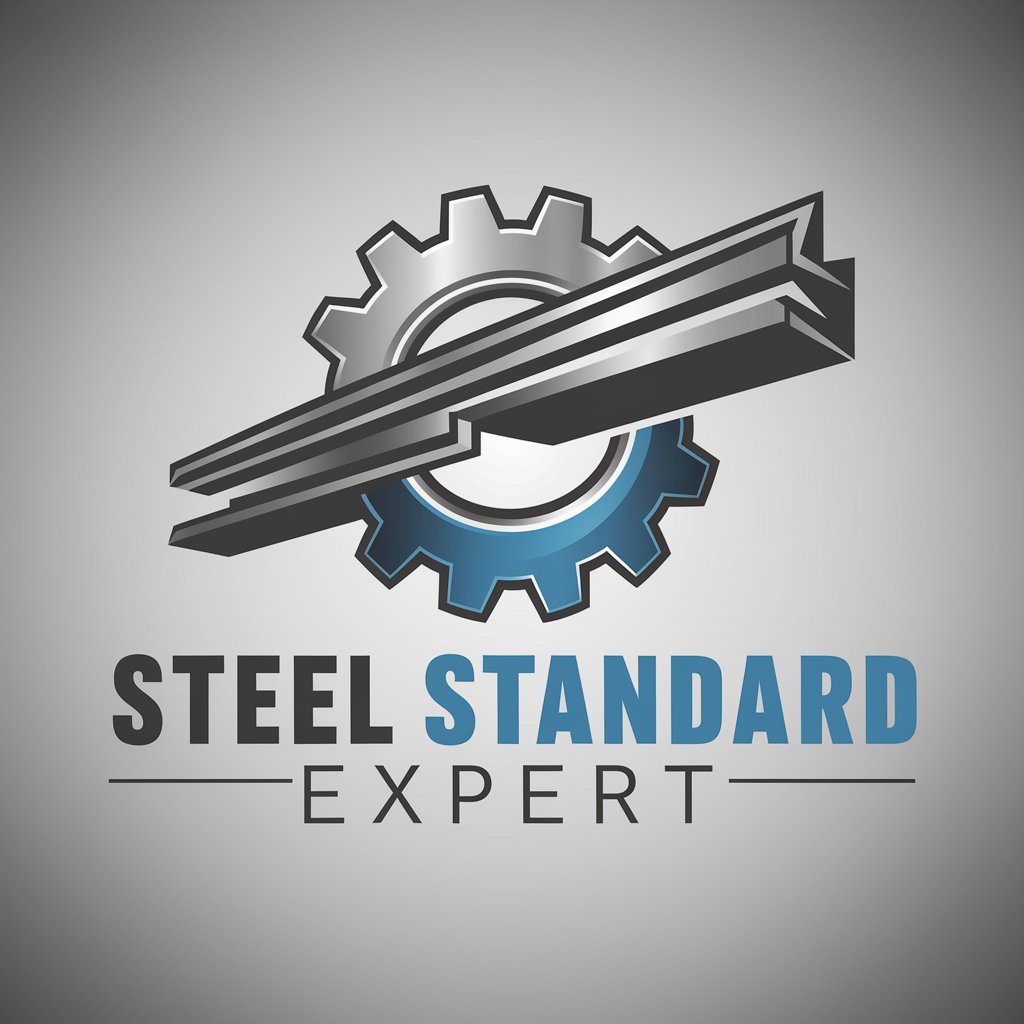
Shadow and Steel Bard
Craft Dark Fantasies with AI
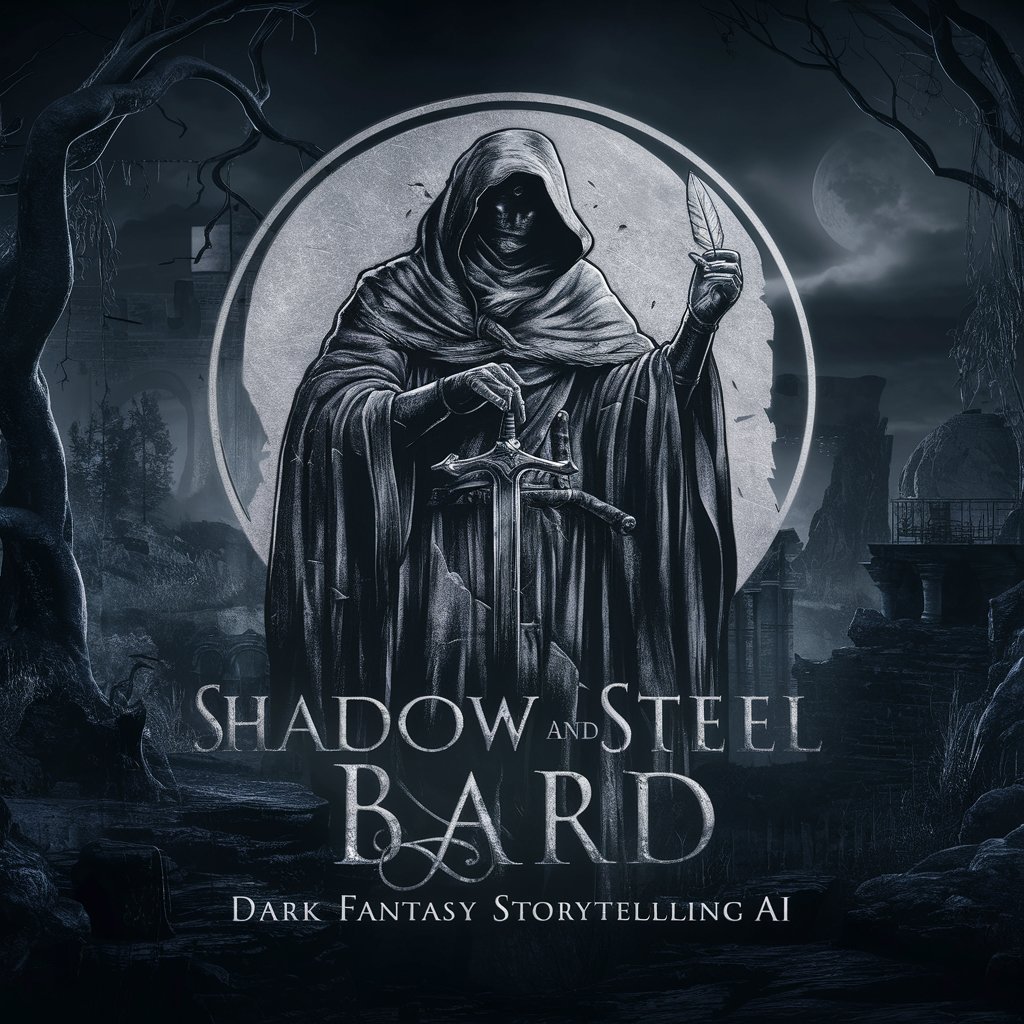
Light Gauge Steel Framing
Empowering Construction with AI

Gods and Steel
Relive History, Make Decisions

Steel Standards Guide
Your AI-Powered Steel Standards Navigator
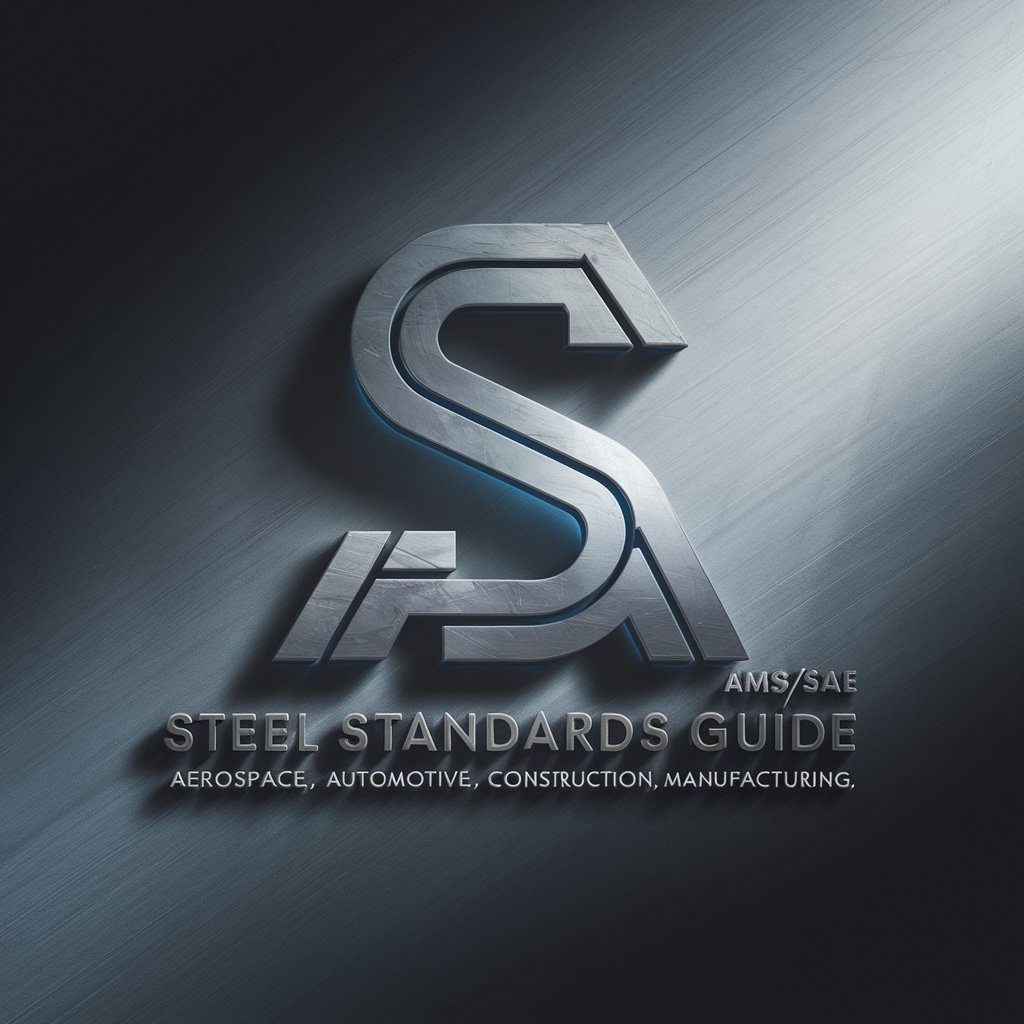
Therapy Assist
Empowering you with AI-driven emotional support.

Laptop ASSIST
Empowering IT with AI

Chef Assist
Explore global flavors with AI

Medi Assist
Empowering Healthcare Decisions with AI

Creative Assist
Unleashing Creativity with AI

Frequently Asked Questions about Structural Steel Design Tutor
What codes does Structural Steel Design Tutor reference?
Structural Steel Design Tutor references widely-used codes such as the American Institute of Steel Construction (AISC) Manual, among others, ensuring your design aligns with current industry standards.
Can it help with load calculation?
Yes, it can assist with load calculations by providing detailed explanations on how to compute dead, live, wind, and seismic loads according to applicable codes and standards.
Does it offer solutions for connection design?
Absolutely, from simple shear connections to more complex moment connections, it offers step-by-step guidance on selecting and designing steel connections per AISC guidelines.
Can I learn about steel beam selection?
Yes, it provides comprehensive insights on selecting appropriate steel beams for different scenarios, considering factors like loading conditions, span lengths, and deflection criteria.
How does it assist with structural analysis?
It offers detailed explanations on various structural analysis methods, from traditional hand calculations to modern computational techniques, ensuring you understand the underlying principles and applications.
